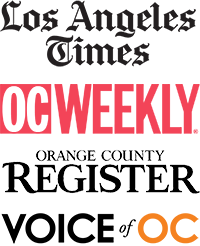
JAMES M. CRAWFORD
Criminal Defense & Appeals Attorney
Ratings


Memberships


Media Coverage


In recent years, the use of police body cameras has become increasingly common in California and across the United States. These small, portable cameras are worn on an officer’s uniform and record audio and video footage of their interactions with the public. The goal of police body cameras is to promote transparency and accountability, and to provide a record of events that can be used as evidence in court.
Under California law, all police agencies are required to have a written policy on the use of body cameras, and to make that policy available to the public upon request. These policies must outline the circumstances in which body cameras must be worn, when they must be turned on, and how the footage is to be stored and used.
In general, California law requires that body cameras be activated “during any interaction with the public,” including traffic stops, arrests, searches, and questioning. There are, however, a few exceptions to this rule. For example, body cameras do not need to be turned on during confidential conversations with informants, or during activities that are considered “administrative” or “non-enforcement” in nature.
It’s important to note that body camera footage is considered a public record in California, and may be released to the public upon request under the California Public Records Act. However, there are certain situations in which the release of body camera footage may be restricted, such as if it would compromise the privacy of a victim or witness, or if it would interfere with an ongoing investigation.
By requesting access to and reviewing body camera footage as part of your defense strategy, you may be able to identify possible violations of your rights, or any inconsistencies in the prosecution’s case.
If you have any questions about police body cameras in California, or if you need assistance with a criminal case involving body camera footage, please contact us directly.

